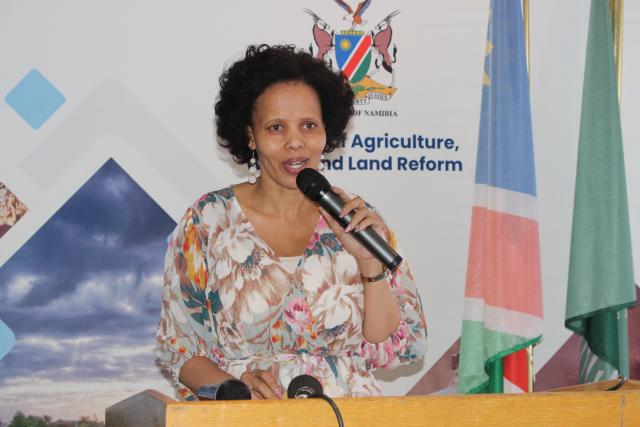ALMOST half a million Namibians live in shacks and other make-shift structures.
The damning figures are contained in the Harambee Prosperity Plan 2, which shows that the country has 113 informal settlements.
The 113 informal settlements have 141 143 shacks and they house a population of 401 748 inhabitants.
The presentation shows that from 1991 to 2016, the country had around 20 000 new shacks every 10 years.
Martin Mwinga of First Capital, presented these findings this week during a workshop to formulate the second phase of HPP.
All the towns researched by the First Capital team indicate that the population of informal structures exceed by far the number of shacks – making it even impossible to calculate the number of people living per shack.
Windhoek city leads with ballooning shack structures of 41 900, housing almost 100 000 people according to the presentation.
Sources indicate that annually the city has a new informal structure being set up, especially on the stretch towards Okahandja.
The dire situation spreads across the whole country. Rundu, the capital of Kavango East is the town with the highest number of shacks after Windhoek where 76 068 of Rundu residents live in 18 219 shacks.
The neghbouring Nkurenkuru in Kavango West houses 8 670 of its population in 4 556 shacks, or ghettos as they are informally referred to.
In Otjozondjupa, the main town Otjiwarongo has 52 870 residents sharing only 6 251 informal structures in the town.
Moving to the northern side of the country, Tsumeb has 12 134 shacks, matching the 11 400 people residing there – with few people per shack.
Oshakati in Oshana region has 11 083 shacks that house 35 452 people while in the far north-eastern side of the country, Katima Mulilo has 3 512 shacks.
The coastal area (Walvis Bay and Swakopmund), which has been the epicentre of Covid-19, accounting for 70% of the country’s cases, has a combined 4 914 shacks and more than 24 000 people residing there.
The dire situation was highlighted when around 150 shacks burnt last month, leaving several people homeless and resulted in the loss of valuables.
In Omaheke, 8 090 people living at Gobabis reside in 3 501 informal structures.
Moving down south, the situation is no different, as at Rehoboth more than 13 000 people share 5 546 shacks while Mariental and Keetmanshoop have a combined 14 791 people staying in 6 847 shacks, the First Capital team showed in their presentation.
According to the FNB House Price Index of the last quarter of 2019, the national average residential property will cost N$1,2 million.
Houses costing less than N$1 million are mostly found in the southern and northern regions, which on average ask for N$769 000 and N$833 000, respectively.
In terms of rent, the latest FNB Rental Index states that a one-bedroomed flat on average costs N$3 557 and a two-bedroomed unit is double at N$6 903 monthly.
Around 57,7% of the employed population are working in the informal sector without medical aid and social security cover, according to the Labour Force Survey of 2018 by the Namibia Statistics Agency.
Additionally, the majority are employed in the agricultural and fisheries sector – with more than 87% with no extra benefits on top of their salaries.
On average, a working Namibian receives a monthly salary of N$7 935 according to 2018 figures.
However, the average wage could be pushed up by sectors such as the financial market, mining, and electricity that have an average salary of N$20 459, N$17 963, N$17 795, respectively.
Stay informed with The Namibian – your source for credible journalism. Get in-depth reporting and opinions for
only N$85 a month. Invest in journalism, invest in democracy –
Subscribe Now!










